MARKET OVERVIEW
The Global Hemodialysis Membrane market and its industry are here to contribute much to the health system by providing novel solutions for patients afflicted by renal diseases. With the demand for hemodialysis treatment rising, the need for a design with a quality membrane has become more important. Dialysis membranes are said to be the keystone of the dialysis machine as they filter waste products and excess fluids from the blood. They channel fluids in the same manner as healthy kidneys and offer a lifeline for those whose kidneys are unable to function adequately. The world market for hemodialysis membranes has various types of membranes, each designed to serve a particular purpose for better patient outcomes.
These are membranes made with high-tech materials, which do their best to minimize adverse reaction within the body while still being effective at removing impurities. The development of biocompatible and high-flux membranes paved the way for more effective and patient-friendly dialysis treatment techniques. These innovations are likely to be ground-breaking in the sense of adding comfort and efficacy to the hemodialysis experience for patients worldwide. Constant research and development directed toward better membranes have become a primary propelling factor for the Global Hemodialysis Membrane market. Enhancement of membrane permeability and selectivity is being worked on to enable finer resolution in filtering out more toxins and consequently shortening treatment times.
The application of nanotechnology and other advanced materials is expected to further enhance membrane potentials. With the other advances, any such refined technologies will force the industry into efficiency and improved outcomes for the patients, heightening the accessibility of treatment to the wider population. Another key aspect influencing this is the rising importance of sustainability and environment-friendly manufacturing processes in the global hemodialysis membrane market. The companies are getting more involved in sustainable production, recyclable raw materials, and the reduction of production wastes for hemodialysis membranes.
Thus, green production techniques, on one hand, should cut down the environmental footprint of the industries, while, on the other hand, go by the expectations of consumers and healthcare with a green mindset. Probably in the near future, with the market in such a practice, it will have high support from the regulatory bodies and healthcare organizations. A regulation framework more than ever gives a well-shaped field to the Global Hemodialysis Membrane market to ensure the goods are safe and effective for dialysis. A tightening of regulations means that manufacturers must concentrate on quality controls and compliance with high standards even more. This would create a competitive environment in which companies will have to keep pace or exceed the regulatory requirements, stimulating innovation and availability of safe and effective hemodialysis membranes.
Global Hemodialysis Membrane market is estimated to reach $1,138.2 Million by 2032; growing at a CAGR of 8.3% from 2025 to 2032.
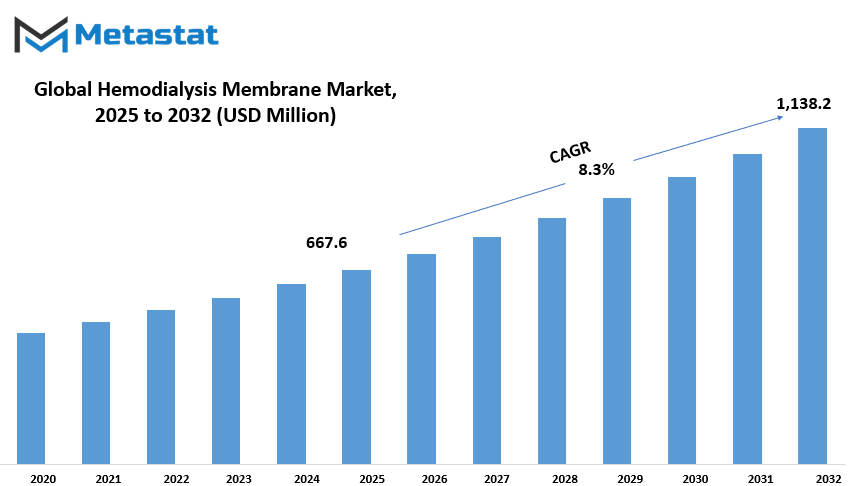
GROWTH FACTORS
These included the major factors that were expected to drive the hemodialysis membrane market in the world towards high growth rate in the next few years. The first and foremost factor among all these is the number of growing people with a rising prevalence of chronic kidney disease in almost and all over the world. There would be affected by the incidence of CKD an increase in demand for effective treatments through dialysis, which in turn will drive demand for quality hemodialysis membranes. Such membranes will be purifying the blood waste and excess fluids, thus performing the result-oriented functions of the kidneys.
Advancing membrane materials and design technologies will hence further improve effectiveness and safety of hemodialysis treatment. Advances in material sciences will help to create membranes quite efficiently purging waste products from blood with minimum side effects on patients. Such design improvements further would render treatment shorter and further less painful thereby popularizing this form of hemodialysis.
Advanced hemodialysis membranes might appear too much costly to be afforded in low-income regions, thereby hindering accessibility to the patients. Obviously, these sorts of prices are very high, and many patients miss the life-saving treatments. Therefore, it is very important to address this issue for market development and thereby search for ways of making the solution a less expensive one without compromising either quality or effectiveness. This should generate much more patients using advanced hemodialysis technologies for treatment.
Although typically effective, hemodialysis is not free from risks. This type of treatment could be associated with some serious problems, including the occurrence of infection and other different conditions. The example frames shall indicate that such innovative technology in membranes may be received with caution by end-user adoption, particularly patients, whose safety and effectiveness have not clearly been established. Continuous evolving research and development would then be needed on the way to develop solutions that could reassure patients on their safety and increased treatment outcome.
There are opportunities in the development of new low-cost and biocompatible hemodialysis membranes, as producers will engage in the production of materials that best fit or are less reactive toward the human body. This would help in achieving better patient outcomes and wider market outreach. Biocompatible membranes will reduce complications, thus making hemodialysis treatment much more viable.
There are going to be so many opportunities in the market since those innovative products are being developed into really helping with these hurdles and fulfilling the needs of the ever-growing patient population.
MARKET SEGMENTATION
By Type
The constancy of growth in the future witnessed by the hemodialysis membrane market is supplemented more by technologies that are emerging as well as the greater requirements of healthcare. The hemodialysis membranes are an important part of the treatment of chronic kidney disease, as they perform the exercise of filtering from blood the waste products that are built up and excess fluid, when the kidneys are unable to perform adequately. As the population of the world becomes older and the cases of kidney diseases raise, so will be the demand for efficient hemodialysis treatments, thus spawning innovations in membrane technology.
In the future, segmentation of the Global Hemodialysis Membrane market will be done into three major sections, which are as follows: Devices, consumables, and services. The fight against these end challenges is contributed by each division. The division on devices will include dialysis machines and other equipment related to dialysis which are going to make the devices more sophisticated but easier to use for everyone. Use of advanced sensors and AI integration will increase the efficiency and safety of dialysis procedures substantially, which means that individualized treatment plans will be developed for each patient. Such development would reduce the burden on the health systems, as fewer patients spend time in hospitals or with complications while improving health outcomes.
Other areas of significant developments will be consumables, with membranes and other disposable products used during the procedure of dialysis. The key points of feature design for future hemodialysis membranes would be biocompatibility and effectiveness. New generations of membranes would achieve the greatest treatment efficiency while minimizing adverse side effects. New filtration capabilities, shorter treatment times, and increased patient comfort can be achieved through new materials and new manufacturing technologies for membrane creation. Another major driving force behind this segmental growth would be green-natured and sustainable products, as manufacturers reduce waste associated with and the environmental impact of hemodialysis.
Medicine for the Global Hemodialysis Membrane market will always bear the marks of time as the healthcare sector adapts to changing patient considerations and technological advancements. Telemedicine and remote monitoring, which allow continuous health tracking along with real-time adjustments to treatment plans, will become part and parcel of patient care in the near future. The healthcare establishment and the patients themselves will be benefitting from out-of-hospital care opportunities, as people will be treated at home. Data-driven insights and personalized medicine will allow healthcare toward enhancing the outcome and quality of living for the patient, enabling fine-tuning of the treatment plan.
From a futuristic orientation, because of advanced technologies and patients' rising inclinations for out-and-out treatment procedures to cure kidney ailments, the Global Hemodialysis Membrane market is just going to evolve further.
By Dialysis Type
Emergence of technological advancement surely promises to foster much anticipated growth with regard to the Hemodialysis Membrane market. The global market has been segmented according to the type of dialysis, hemodialysis, and peritoneal dialysis, both of which are strongly important in treating kidney failures. Hemodialysis, with blood filtration occurring externally through a machine, is going to be ahead in the market due to the fact that it gives an effective removal of all wastes and excess fluids when the kidney fails. The demand for hemodialysis membranes is increasing as there are rising incidences of chronic kidney diseases across the globe.
The improved health care will continue to be supplemented with the Global Hemodialysis Membrane. Such technologies will typically be termed membrane technologies such as high-flux and super high-flux membranes, which improve the serum toxin clearance while minimizing the treatment time, thus improving the efficiencies of therapy and enhancing patient comfort. This innovation involves not just increased patient outcome, but also reduced stress on healthcare facilities, as it enables treating a greater number of patients in shorter time intervals.
Peritoneal dialysis is another type of treatment, which is a method involving the use of a membrane, in this case, the lining of the abdomen, to filter blood from within the body. Though it is not used by as many patients as hemodialysis, it offers more flexibility and freedom to patients since it can be done at home. In the near future, this treatment is going to gain popularity, especially in a place with limited health access. The peritoneal dialysis segment of the overall Global Hemodialysis Membrane market will be a significant part of its driving force because an increasing number of patients and healthcare providers recognize its advantages.
Yes, this will translate into shaping future trends in the Global Hemodialysis Membrane market- increase adoption in dialysis treatments done on homes. Portable and wearable dialysis devices could soon become the day-to-day norm with the increasing advances in technology. Such innovations will enable these patients to live almost normal quality lives even while undergoing this critical treatment. These innovations will really drive the market as they make dialysis easily and conveniently available to people all over the world.
Another thing that will drive this initiative has been to make dialysis inexpensive. Strained budgets of all types could be found in health care systems everywhere, and therefore, there will be pressure looking for membranes at a reasonable price level without compromising on quality and patient outcome. To do so, researchers, manufacturers, and healthcare providers must unite efforts to ensure innovative yet economically viable new developments.
In addition, the Global Hemodialysis Membrane market is likely to experience an upsurge with the increase in the number of elderly people, which will, in turn, increase the incidences of kidney-related problems. Therefore, manufacturers will strive to increase their production capacities and optimize supply chains with increasing demand for dialysis services.
By End-Use
With improvements in technology and changes in its features in the future, the global market for hemodialysis membranes is likely to change significantly. Hemodialysis takes precedence for patients who have suffered an acute failure of the kidneys. The membranes used can greatly influence the efficiency and effectiveness of treatment. In the near term, the market will rise with the increase in demand for healthcare solutions and a rise in chronic kidney diseases. This growth will further be supplemented by advances made in membrane technology so as to provide better outcomes for the patient.
Over the next few years, the Global Hemodialysis Membrane market will find growing end-use applications, especially in home-based and hospital-based settings. With portable hemodialysis machines making their way to the market, home-based treatments will soon gain more prominence. The motivation behind this shift is the convenience and flexibility that patients have been seeking to better manage their health conditions. This will allow patients to be treated at home and to live a more normal life, further reducing their hospital visits along with the associated healthcare costs.
Regardless, the hospital-based segment will continue to take a substantial share in the Global Hemodialysis Membrane market. Hospitals would be, however, for more complex cases calling for acute treatment. As developments in infrastructural and physical expansions of hospitals are still taking place, the demand for advanced hemodialysis membranes will also rise. These membranes will be designed to increase efficiency in the removal process, shorten treatment times, and improve patient comfort. Attention will also be on care quality and maximizing resource use in this particular setting.
Improvement in hemodialysis membrane technology would favor growth for the market. Manufacturers will be producing membranes that are highly biocompatible with fewer adverse reactions upon interaction with a patient and reduced complication during clinical use. Combining bioengineering principles and nanotechnology, future-generation membranes shall be produced with improved performance. Thus, these improvements will create a demand for more efficient dialysis treatment and perhaps improve the survival and quality of life of patients.
Regional healthcare policies and economic conditions are also going to affect the Global Hemodialysis Membrane market significantly. With investment in the infrastructure of healthcare in emerging economies, greater opportunities for market penetration in these regions arise. This trend will be, furthermore, backed by government initiatives toward better health access and affordability. Awareness about kidney health improving along with the growth in the advanced treatment facilities will increase the demand for hemodialysis membranes all over the world.
|
Forecast Period |
2025-2032 |
|
Market Size in 2025 |
$667.6 million |
|
Market Size by 2032 |
$1,138.2 Million |
|
Growth Rate from 2025 to 2032 |
8.3% |
|
Base Year |
2025 |
|
Regions Covered |
North America, Europe, Asia-Pacific, South America, Middle East & Africa |
REGIONAL ANALYSIS
The Global Hemodialysis Membrane market will grow at a fast pace and witness significant changes in the coming years. Constant technological advancements along with regional dynamics have transformed the market paradigm of the hemodialysis membranes. This market is bound to flourish in the days ahead because of the ever-increasing demand for hemodialysis treatments due to a rising prevalence of kidney diseases. Geographically, the markets describe areas with vigorous growth.
North America remained one of the major contributors to the Global Hemodialysis Membrane market. The market will be driven mainly by the United States, Canada, and Mexico; with Mexico spearheading the market due to having well-established infrastructure in terms of healthcare and a high occurrence of cases of chronic kidney disease. The driving factor for the growth of this regional market is also the increasing acceptance of innovative technology for hemodialysis applications. Government support and investment in healthcare facilities are another reason for the easy availability and better quality of treatment options.
The market growth in the European region will also be contributed by the United Kingdom, Germany, France, and Italy. This regional market is anticipated to be propelled by well-developed healthcare infrastructure and growing focus toward advanced innovative technologies for treating several medical conditions. The increasing demand for efficient hemodialysis treatment modalities is further fueled by the growing elderly population, who are more susceptible to renal disorders. Future prospects are also being created by initiatives to harmonize and integrate regulatory pathways across Europe for the rapid entry of new products into the market.
The fastest growth of the Global Hemodialysis Membrane market is expected to occur in Asia-Pacific. It will be chiefly led by India, China, Japan, and South Korea, with the growing awareness regarding kidney health, improvement in healthcare infrastructural facilities, and increasing healthcare expenditures. The vast patient population in these countries will shape the demand, and the manufacturers would be quite sure to further invest locally in production facilities to be able to meet the regional demand efficiently. The alliance between the government and the private sector in the region to improve access to healthcare will further enhance the growth of the market in Asia-Pacific.
The Global Hemodialysis Membrane market in South America is expect to experience steady growth, especially in Brazil and Argentina. Bettering economic conditions will thus promote health improvements; together with enhanced government attention towards health matters, it will encourage investments to establish better treatment facilities. Initiatives to emphasize kidney health and early diagnosis and treatment will help further enhance market growth in the region.
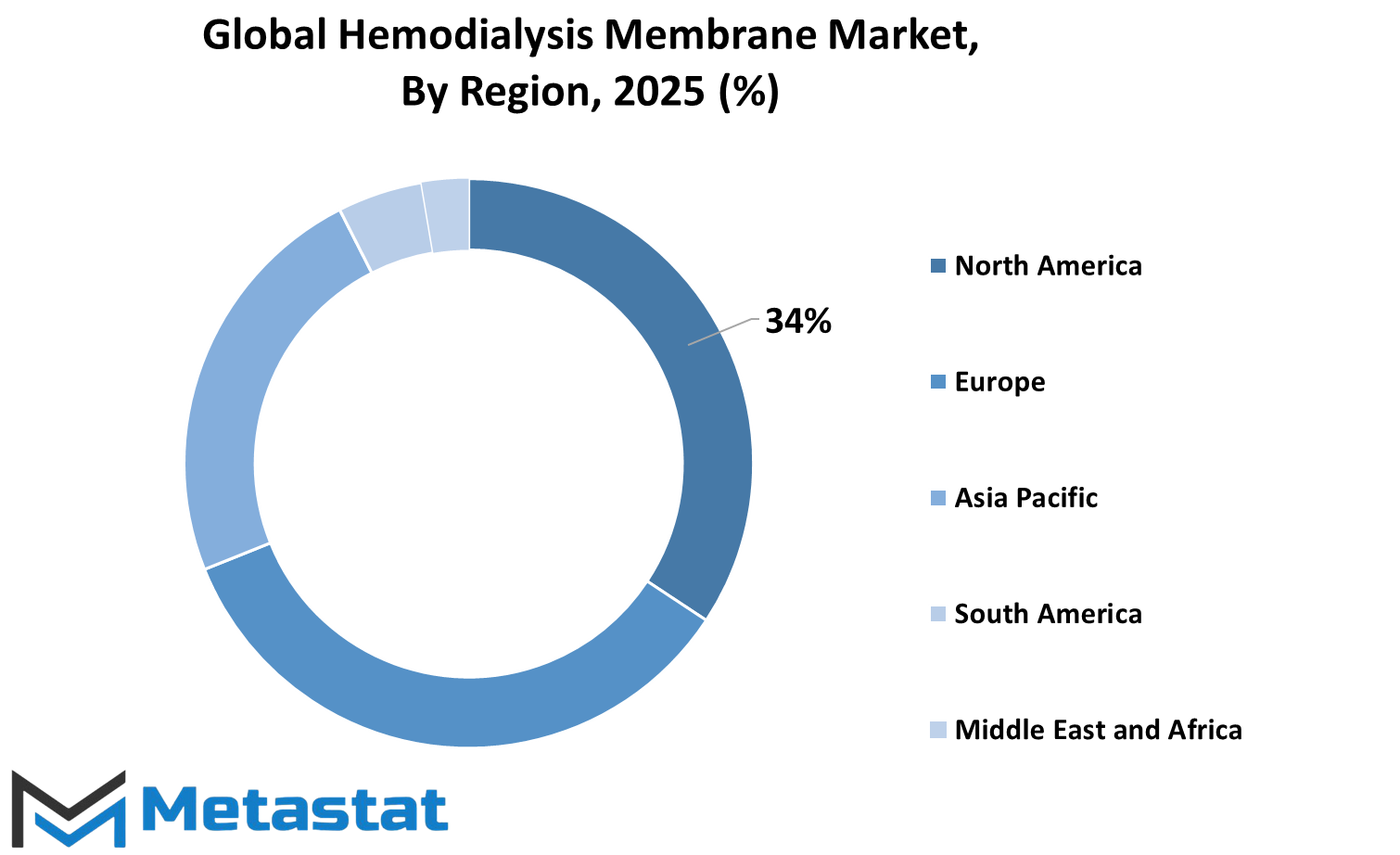
COMPETITIVE PLAYERS
The future market horizon for global hemodialysis membranes is set to witness growth throes due to divulging future technologies on the medical front in conjunction with the rising recognition and consciousness regarding kidney care for better treatment options. This particular chamber is definitely going to cater to the needs of patients suffering from diseases of the renal system and will, therefore, burgeon further with the innovative and enhanced membrane development. Such frontrunners in the industry are being quite innovative and will, hence, be doing all they can to outdo and stay competitive in the span of research and development.
Fresenius SE & Co. KGaA, as well as Baxter International Inc., are the main market players in hemofiltration membranes worldwide. They build their brands around commitment to quality and effectiveness in dialysis treatment. Continuous product development in accordance with the requirements of patients and healthcare service providers. Setting examples for many others with application of high-tech technology and real-life feedback from patients.
These companies are also on the list of gloaming. Together with other leading companies in the industry is Asahi Kasei Corporation and Toray Industries, Inc. This type of company focuses specifically on membrane development that suits improved performance and biocompatibility. The demand continues to surge; as such, Asahi Kasei Corporation is bound to broaden its portfolio to make sure that health facilities find alternative avenues of treating patients.
Clear market prospects to all mare believers. Meaning also to take it up to all the destinies this future market. All hemodialysis membrane in the globe will be benefited from the health on various fronts given the future technologies that will disclose in all respects of the medical front and with the rising awareness and consciousness about kidney care for better treatment. This category definitely is aimed at patients with renal diseases and will grow into newer and more advanced membrane development. Such frontrunners in the industry were being quite innovative and thus doing all to outdo and stay competitive in the span of research and development. Those purposes are well intended.
For Fresenius SE and Co. KGaA and Baxter International Inc., these are the most significant global players in hemodialysis membranes. Devotion to quality and efficiency in dialysis treatment builds their brands. They amply develop their products further as per the latest needs or requirements of patients, as well as healthcare providers. Setting examples for many others is done through applications of high-tech technology and feedback from real-life patients.
Some companies include Asahi Kasei Corporation and Toray Industries, Inc. Those companies, especially, focused more on membrane development with performance enhancements and improved biocompatibility. The demand continues surging, and with it, Asahi Kasei Corporation certainly broadens its portfolio of offerings in helping health-care facilities find another way to treat patients. On the other hand, Toray Industries, Inc. will continue maintaining their focus on environmental sustainability and innovation, which ensures products being sold meet the environment threshold while at the same time gives quality health care services.
Other key competitors are 3M Company and Nikkiso Co., Ltd., each powering the Global Hemodialysis Membrane market with different strengths. On its part, the material science expertise of 3M will continue to drive the development of membranes offering superior filtration capabilities, while Nikkiso Co., Ltd. Focuses on customer-centric solutions that drive better patient outcomes. These firms will further open up the frontiers of what can be attained in dialysis technology, setting new standards both in performance and reliability.
On the frontline in dictating the future of the market will also be Jiangxi Sanxin Medtec Co., Ltd. And Nipro Corporation. The difference will be that new emerging leaders come with new insights and solutions. Jiangxi Sanxin Medtec Co., Ltd. Will be driven by issues of affordability and accessibility, making sure more patients can access life-saving treatments. Product diversification will continue to be the mainstay for Nipro Corporation, providing a diversified portfolio of products for healthcare providers to be used across various clinical settings.
Other key participants that are likely to leave a deep imprint on the Global Hemodialysis Membrane market include Lepu Medical Technology Beijng Co., Ltd., SWS Hemodialysis Care Co., Ltd, and Toyobo. Lepu Medical Technology will continue to invest in R&D activities with respect to the enhancement of membrane performance and patient safety. SWS Hemodialysis Care Co., Ltd will focus on strategic alliances and partnerships in order to achieve a more significant market share. Toyobo, with years of experience in the industry, will use their expertise in developing new types of membranes that would be responsive to the growing demand of the health sector.
This growth can, therefore, be expected to happen in the Global Hemodialysis Membrane market through technological advancements and the commitment of key players. These companies will continue developing and thus help patients receive the finest care, thereby promoting the betterment of renal health worldwide. This changing market, and the cooperation or competition between these players, shall bring into action more effective and efficient hemodialysis solutions.
Hemodialysis Membrane Market Key Segments:
By Type
- Device
- Consumables
- Service
By Dialysis Type
- Hemodialysis
- Peritoneal Dialysis
By End-Use
- Home-based
- Hospital-based
Key Global Hemodialysis Membrane Industry Players
- Fresenius SE & Co. KGaA
- Baxter International Inc.
- Asahi Kasei Corporation
- Toray Industries, Inc.
- 3M Company
- Nikkiso Co., Ltd.
- Jiangxi Sanxin Medtec Co., Ltd.
- Nipro Corporation
- Lepu Medical Technology (Beijing) Co., Ltd.
- SWS Hemodialysis Care Co., Ltd
- Toyobo
WHAT REPORT PROVIDES
- Full in-depth analysis of the parent Industry
- Important changes in market and its dynamics
- Segmentation details of the market
- Former, on-going, and projected market analysis in terms of volume and value
- Assessment of niche industry developments
- Market share analysis
- Key strategies of major players
- Emerging segments and regional growth potential



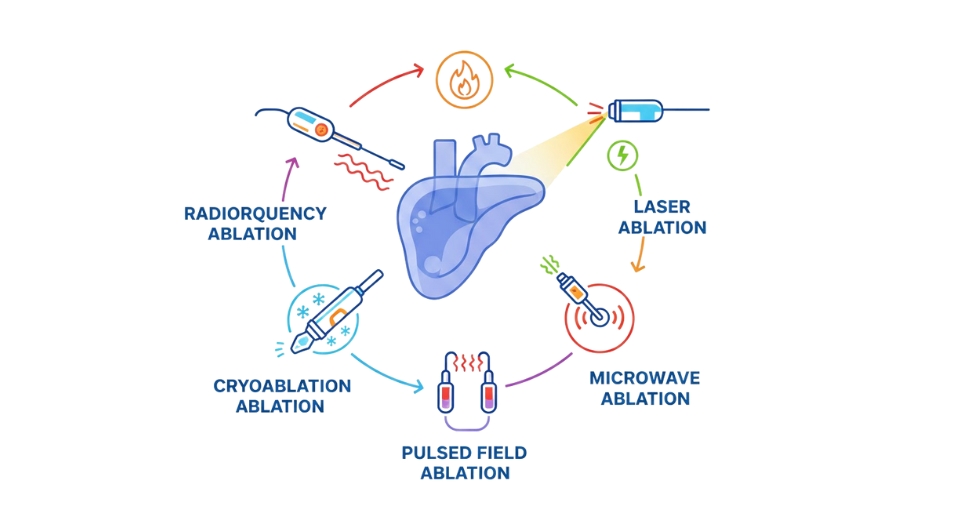

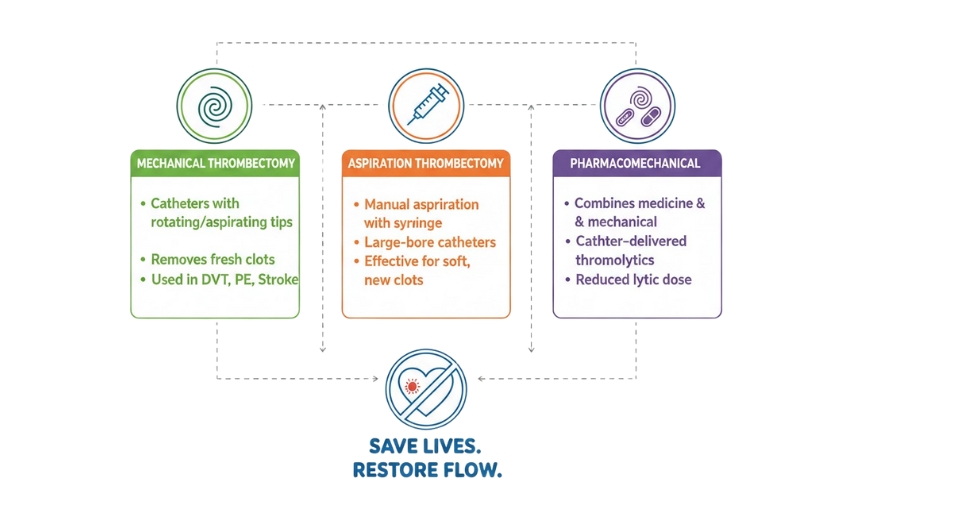
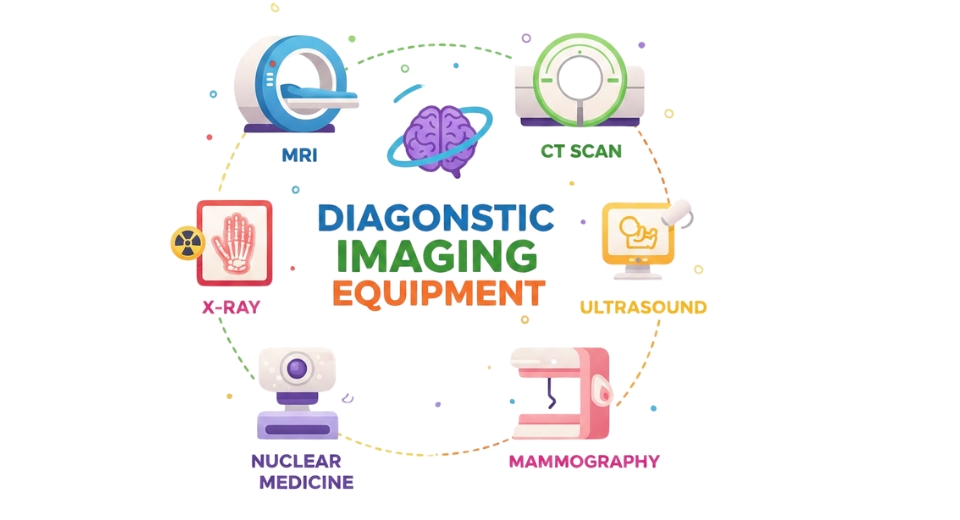

 US: +1 3023308252
US: +1 3023308252






